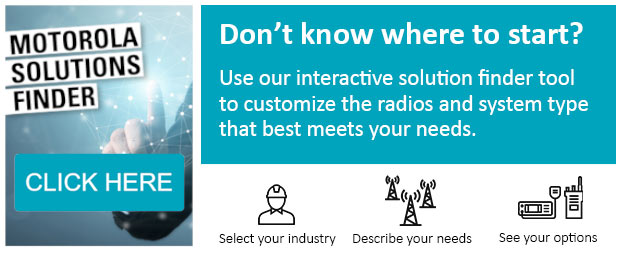Historically, every video surveillance system has had three fundamental elements:
- Cameras: They can be analog or digital, hard-wired or wireless, fixed or mobile.
- A control center: This is the room where all of your camera feeds are viewable on a single monitor, or multiple monitors, depending on how many feeds you have.
- Storage: You can keep these feeds stored on tapes, DVDs, digitally on servers or remotely in cloud-based storage, so that you can review them retroactively.
Only in recent years has the fourth and most transformative element been introduced: video analytics. The ability to digitize video feeds and parse them as data using advanced analytics has elevated the role of surveillance from that of eye in the sky to one of a proactive warning system. Avigilon’s Control Center software embodies this transformation. Where there used to only be passively recorded video feeds that depend on unwavering human vigilance, ACC7 provides real-time intelligence that helps people understand where their attention is needed at any given moment.
Healthcare facilities, manufacturing plants, data centers, utility providers and other organizations that rely heavily on video surveillance for safety and security stand to gain from these, and other, game-changing benefits of ACC7:
1. Focus of Attention
Security control centers traditionally had dozens of monitors, each sometimes with multiple live video feeds streaming on them. It’s vaguely akin to a game of “Where’s Waldo?” involving hundreds if not thousands of camera feeds – except, you don’t necessarily know what you’re looking for until you see it, and the stakes are high if you miss it.
And the game is getting harder. From IP cameras that can be quickly set up, to drone surveillance, to body-worn cameras, the video feeds are multiplying. How can security possibly monitor thousands of feeds in real time? In order for real-time feeds to be of value, someone or something needs to be continuously monitoring them for indictors of an incident.
This is where ACC7’s marquee feature, “Focus of Attention,” comes into the frame. Rather than simply displaying a wall of video feeds, ACC7 provides a supplemental view that shows icons on a monitor, each representing a particular camera feed. The color of those icons at any given moment indicates whether or not there is something happening within that feed that demands attention. Instead of explaining it with words, you can see how it works for yourself by watching the video below:
This AI-based functionality makes it possible to scale video surveillance systems without multiplying the amount of operators needed for real-time monitoring. With video analytics curating the feeds and prioritizing the most important information, businesses can deploy more cameras while lessening the risk of missing a potentially meaningful incident.
When an incident is detected, live operators can dismiss it, leave notes to add context to the incident or otherwise take action to resolve the issue.
2. Unusual Motion Detection
ACC7 has several applications for advanced analytics. One of the most useful is self-learning technology that automatically classifies motion as being within normal parameters.
Factors such as the presence of motion on a camera feed, the direction of the motion, the speed and the time of day help determine whether the activity deviates from business as usual. ACC7 can benchmark normal activity with machine-learning algorithms that develop and autonomously understand what’s “normal.”
For example, let’s say a camera captures motion at a construction site during non-operational hours. When this happens, ACC7 can automatically trigger an alert, which is viewable from the aforementioned Focus of Attention interface. Those alerts can also be sent out to a Smartphone to notify the appropriate staff that an issue has been detected, regardless of where those individuals might be.
Unusual Motion Detection requires no manual configuring. Once it completes an analysis period of about a few weeks, it can start looking for unusual activity. Upon detection of something suspicious, operators can decide for themselves whether or not the incident merits closer inspection.
3. Appearance Search Capabilities
Technically this feature isn’t new to the most recent iteration of ACC, but it’s nonetheless one of the most powerful capabilities of the software.
Appearance Search lets users look for people or objects (such as vehicles) of interest across an entire ecosystem of cameras. Specific details, such as color of clothing, face shape, the size of the person or object in question and textural qualities all factor into the search. An operator can pull up all live or past instances in which the subject has appeared in a video feed. This makes it easier to locate a particular individual’s whereabouts in real time, or to track where they have been.
Start Exploring All of ACC7’s Capabilities
These three game-changing functions are just a glimpse at ACC7’s capabilities, and barely skim the surface of the features native to the video management software – not to mention the additional capabilities derived through integration with other Avigilon resources.
Get a closer look at ACC7’s transformative functionality today – contact the experts at Day Wireless Systems.
